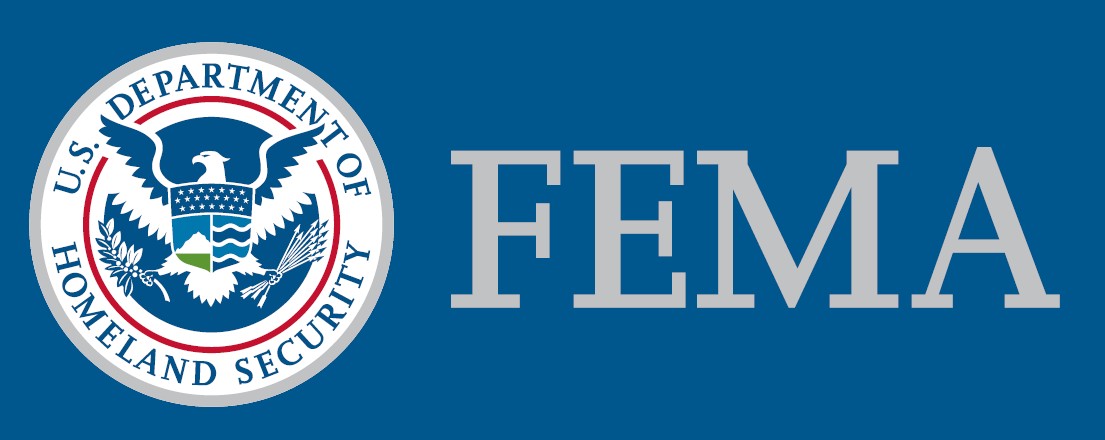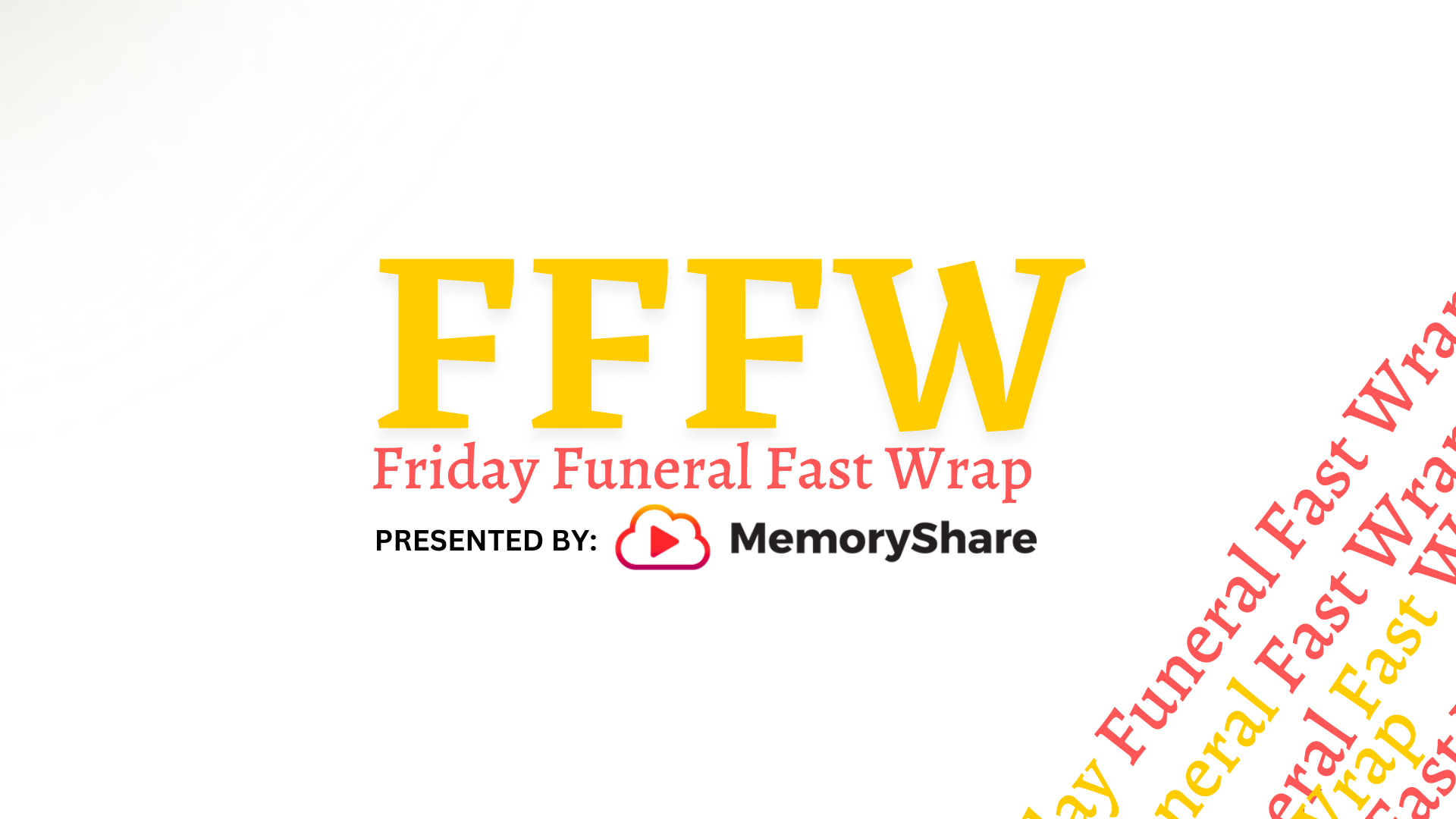FEMA COVID Funeral Assistance Reaches $1 Billion Milestone
The Federal Emergency Management Agency (FEMA) just announced it has distributed more than $1 billion in funeral expense reimbursements to families who have lost loved ones to COVID-19. The funeral assistance program, which the agency introduced in mid-April 2021, has assisted more than 150,000 families to date.
Reaching $1 billion in assistance is a “very sobering milestone,” FEMA’s Matthew Redding told CNN. Originally, Congress allocated only $2 billion to the program. In March, however, a new relief package gave FEMA another $50 billion to use for COVID-related costs.
At the moment, FEMA has not capped the total money the funeral assistance program will distribute. It has also not announced a program end date or final deadline for applications. Interestingly, Fortune magazine’s Kat Eschner writes that “all indications suggest [FEMA] will be issuing COVID-19-related funeral aid through 2023.”
Running the numbers
The statistics associated with COVID and FEMA’s program are startling:
- As of August 15, 2021, CNN reports that more than 621,000 Americans have died from COVID.
- About 90,000 applications for assistance are still pending FEMA’s eligibility review, which takes about 33 days on average.
- Reimbursements are capped at $9,000 per death, with a $35,500 limit for multiple victims. (The initial allocation per funeral was $7,000.)
- FEMA’s call center received more than 1 million phone calls on the first day of the funeral assistance program. The call center’s two-year contract with General Dynamics is valued at $202 million and supplements the efforts of more than 400 FEMA staff.
We can learn a lot from these numbers, though:
- FEMA has reimbursed roughly 24.2% of reported COVID deaths (about 150,000 out of 621,000). Of course, only expenses incurred after January 20, 2020 for COVID victims are eligible for consideration. Also, the death toll has risen significantly in the past few weeks, and these families have most likely not yet submitted applications.
- FEMA has received applications from only around 39% of families of COVID victims (again, see our previous disclaimers, but FEMA has received 240,000 applications amid about 620,000 deaths).
- The average FEMA disbursement is around $6700 ($1 billion disbursed in response to about 150,000 approved applications).
- FEMA is approving applications at an average rate of 37,500 per month (150,000 applications in the four months since mid-April).
The good news
Initially, deathcare professionals and applicants alike had questions about the program. Lesley Witter and other National Funeral Directors Association (NFDA) officials graciously offered their assistance to Connecting Directors readers on several occasions. FEMA also quickly ironed out eligibility questions to make the application process move more quickly and smoothly.
Although funeral homes cannot file an application on behalf of a family or file for reimbursement for unpaid expenses, most have stepped up to offer help in other ways. Many of you have reached out to the qualifying families you’ve served to help them complete an application, a process which FEMA reports takes an average of 20 days.
Thankfully, applicants are reporting compassionate and patient interactions with FEMA’s call center.
“The operator was very friendly and understanding,” one applicant told Fortune magazine. “Every time I called they were real honest that there was just a long line of applications that needed to be processed.” Other than the amount of time it took to be reimbursed, she said her experience was positive.
The bottom line for you
FEMA’s press releases confirm that the program’s team is gaining efficiency and momentum as more applications come through. In mid-July, the agency reported they had disbursed $606,000 to more than 91,000 approved applicants. According to this data, FEMA approved nearly 60,000 applications in one month — from mid-July to mid-August. Compared to the 37,500 average we previously calculated, this is an incredible improvement over the first three months the program has been in operation.
We now also have more insight into the application process. We know that FEMA may call funeral homes to verify information including expenses, responsible parties, and billing dates. Lastly, a late June amendment to the program now allows for alternate documentation of COVID as a cause of death instead of amending a death certificate.
This is great information for deathcare professionals to share with your eligible families. In addition to your own increasing knowledge of the process, the improvements in application and reimbursement efficiency and the ongoing high level of service are good points to mention as you offer your assistance and encourage them to participate in the FEMA program.




